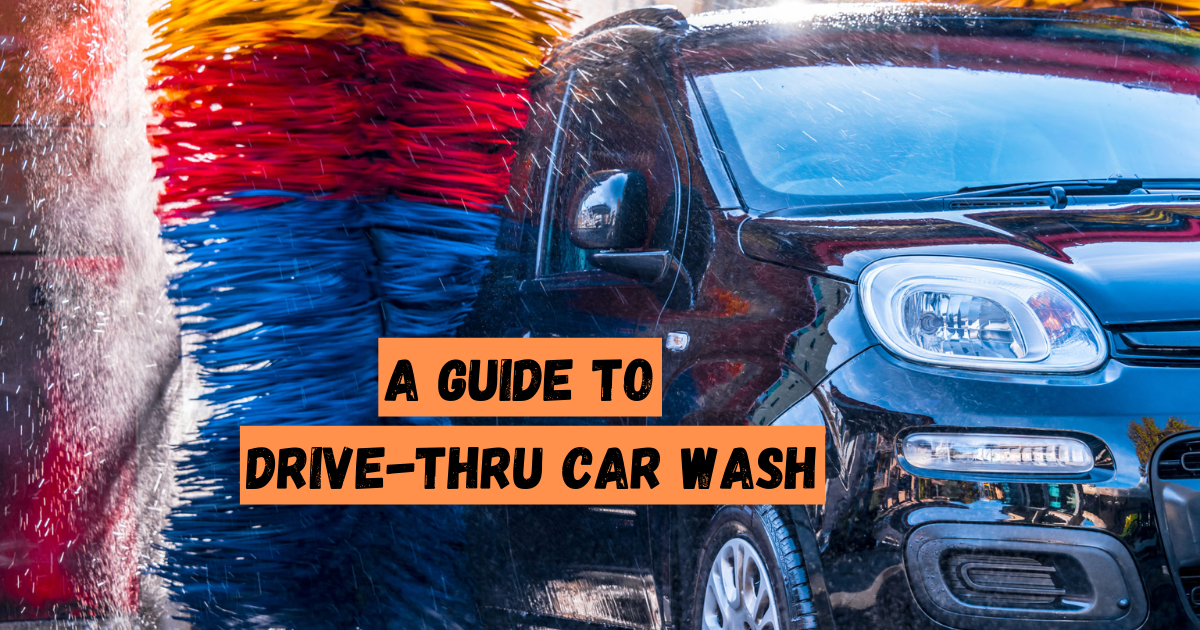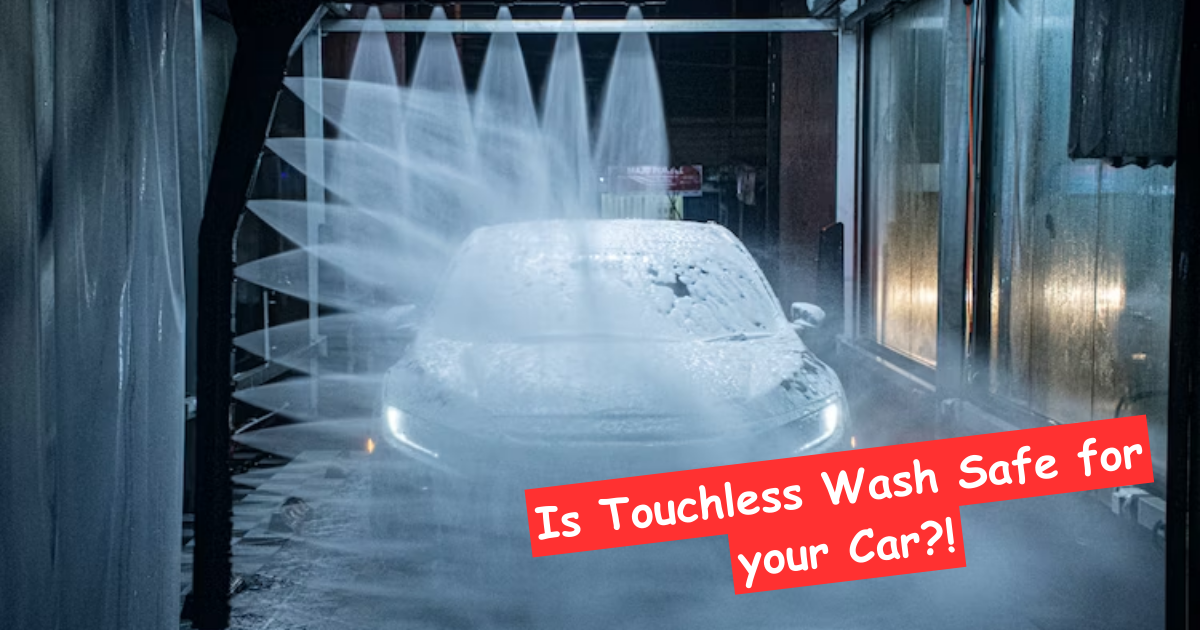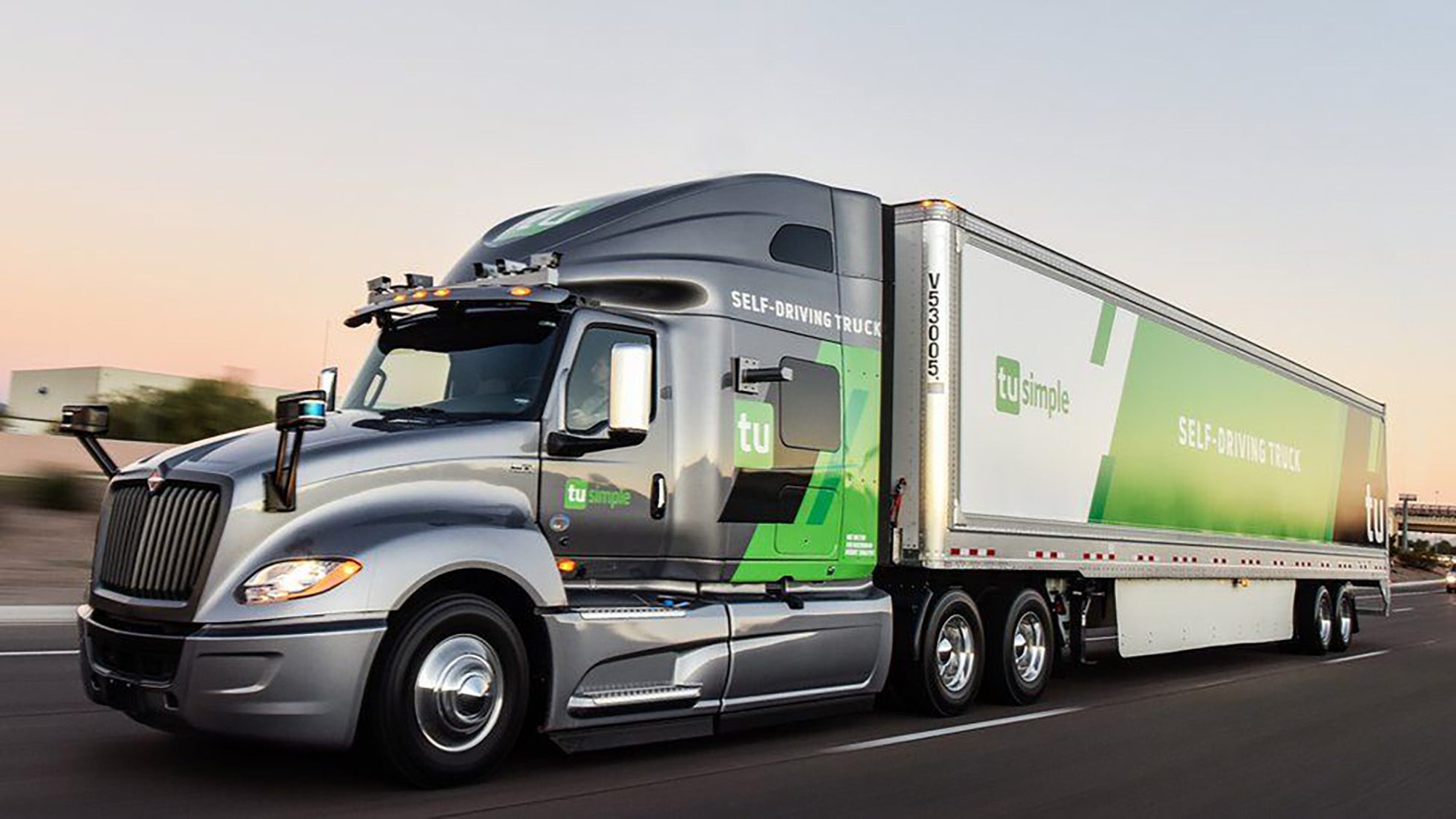
Self-service car washes have become increasingly popular for car owners looking to maintain their vehicles. They offer drivers the freedom to care for their cars while saving time and money. These DIY car cleaning havens have revolutionized car care, providing advantages that cater to practical and environmentally conscious individuals.
These self-service car washes have radically changed individuals’ care for their favorite vehicles. They enable drivers to take charge of their car maintenance routine while enjoying the process. Furthermore, self-service car washes appeal to drivers of all backgrounds and budgets because of their flexibility and affordability.
In this article, we will dive into the realm of self-service car washes, discussing their multiple benefits, operational complexities, and environmental impact. So, without further ado, let’s begin.
Understanding Self-Service Car Washes

A self-service car wash, also known as a manual car wash, empowers customers to take charge of the vehicle cleaning process. Unlike traditional automated car washes, where machines handle the entirety of the cleaning procedure, self-service facilities equip patrons with high-pressure hoses, foam brushes, and an array of cleansing agents to tackle dirt and grime themselves.
This hands-on approach not only fosters a sense of accomplishment but also allows for personalized care tailored to each vehicle’s unique needs. By prioritizing customer needs and leveraging the latest industry trends, self-serve car wash operators can carve out a profitable niche in the competitive automotive care market.
Maximize Your Self-Service Car Wash Experience
To maximize your self-service car wash experience, consider the following expert tips:
- Prepare Your Vehicle: Minimize cleaning time and costs by prepping your car beforehand and removing any debris and clutter from the interior.
- Strategic Parking: Park your vehicle centrally within the wash bay to avoid the need for mid-wash adjustments and ensure ample space for maneuvering.
- Vacuum First: Begin the cleaning process by vacuuming the interior to remove dirt and dust, preventing recontamination during the wash.
- Thorough Rinsing: Take care to rinse your vehicle thoroughly, paying special attention to areas prone to buildup and ensuring complete removal of cleaning agents.
- Bring Your Supplies: Equip yourself with clean towels and clothes to avoid potential contamination from shared cleaning materials at the facility.
- Proper Drying: Finish the wash with thorough drying to prevent streaks and water stains, using disposable towels or specialized drying cloths for optimal results.
The Wax Option at Self-Service Car Washes
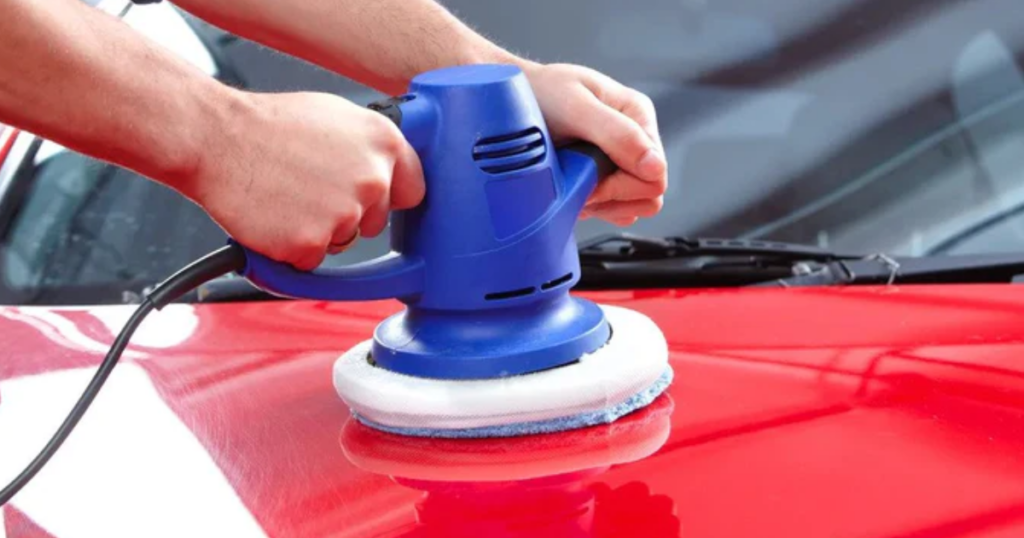
Many self-service car washes offer a wax application option, providing an added layer of protection and shine to your vehicle’s exterior. This optional service, activated via a button or lever, delivers a fine mist of wax onto the car’s surface, enhancing its luster and safeguarding it against environmental elements.
Should You Use the Wax Option?
While the decision to utilize the wax option ultimately rests on personal preference, experts recommend incorporating waxing into your car care regimen to maintain its appearance and resilience.
Wax serves as a protective barrier, shielding your vehicle from UV rays, dirt, and pollutants while imparting a glossy finish that exudes sophistication and elegance. If you want your car to shine and stay protected from the elements, waxing is key, whether you wash it by hand or at a car wash.
You can apply wax manually or use the high-pressure feature at car washes—both effective methods. At self-service stations, it’s best to wax after washing to maintain that clear-coat look. After using a car detailing steamer, make sure to dry your car before waxing.
How to Wax Properly?
Here’s how to wax your car properly after washing it at a self-service station or using a car detailing steamer, ensuring a shiny and fresh finish:
- Prepare Your Car: Rinse off all soap suds quickly to avoid marks, using the spray wand at the station. If there’s any soap film left, gently wipe it away with a rag and rinse again until your car is soap-free and ready for waxing.
- Apply Wax: Many self-service stations offer a wax setting on the spray wand. Spray a fine layer of wax onto the clean body of your car to seal the surface and protect it from salt and dirt. Remember not to wax the mats; they’re best cleaned with auto detailing steamers.
- What About Rinsing? After waxing, put the spray wand back and wait before wetting your car again. Let the wax set for as long as possible; different waxes need different times to harden, usually between 1 and 24 hours. Afterward, you can wash your car and use a car detailing steamer as needed, and the coating will reach its maximum hardness in 2-3 days.
Remember not to wax too often; it’s typically recommended every quarter, but check the product labels for optimal frequency. Some waxes can be used more frequently, but it’s essential to follow the instructions for the best results.
Benefits of Self-Service Car Washes
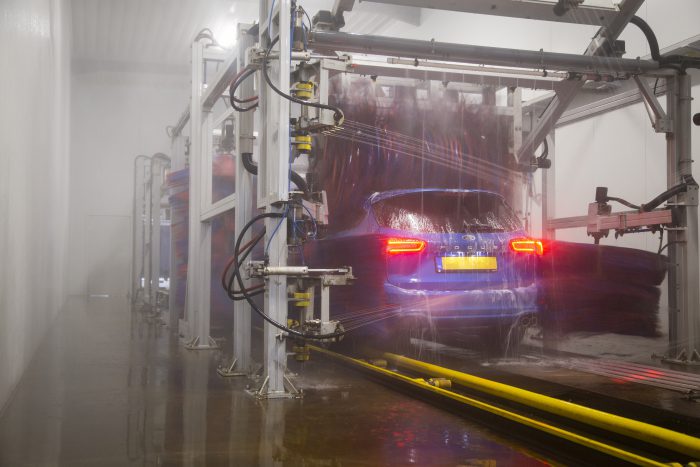
Cost-Efficiency
One of the primary advantages of self-service car washes is their affordability. By eliminating the need for expensive automated machinery and labor-intensive processes, these facilities pass on significant cost savings to customers, making them an economical choice for budget-conscious individuals.
Environmental Sustainability
Self-service car washes stand out as environmentally friendly alternatives to their automated counterparts in a time of growing environmental awareness. By utilizing less water and minimizing chemical usage, these DIY establishments mitigate their ecological footprint, contributing to the preservation of precious natural resources.
Customized Cleaning
Unlike automated car washes, which employ standardized cleaning routines, self-service facilities empower users to tailor the cleaning process according to their vehicle’s specific requirements. From adjusting water pressure to selecting suitable cleaning agents, patrons enjoy unparalleled control over the cleanliness and condition of their cars.
Enhanced Satisfaction
For many car enthusiasts, washing their vehicle is not merely a chore but a therapeutic activity imbued with a sense of satisfaction and pride. Self-service car washes tap into this intrinsic joy of car care, transforming mundane tasks into fulfilling experiences that foster a deeper connection between drivers and their automobiles.
Drawbacks that require careful consideration
Self-service car washes, despite their appeal, come with a set of drawbacks that warrant careful consideration:
Water Stains and Blemishes
Many self-service car washes use unfiltered water, increasing the risk of unsightly water stains on your vehicle’s surface.
Potential Damage
Inexperienced users may inadvertently damage their vehicle’s paintwork by using improper tools or cleaning agents. Low-quality equipment at some self-service washes can exacerbate this risk.
Time and effort
Self-service car washing requires dedication and time, with the process often taking up to an hour to complete. Additionally, users must come prepared with appropriate clothing and may need to clean up afterward.
Cost Considerations
While self-service car washes are generally more affordable than automated options, users may incur additional charges if the facility operates on a per-minute billing system.
Operational Dynamics of Self-Service Car Washes

Self-service car washes use a simple but effective system that is meant to make the cleaning process faster and easier for customers. Big bays stocked with cleaning supplies and extras like high-pressure lines, foam brushes, and drying equipment welcome visitors as they enter the building.
An easy-to-use screen walks customers through every step of the cleaning process, from pre-soaking to applying wax, making sure they have a smooth and enjoyable time. Customers prefer self-service car washes because they are convenient and give them more control over the cleaning process.
They can also tailor the cleaning to the needs of their vehicle. With extra services like applying wax and cleaning tires, these places ensure that everyone has an extensive and pleasant car washing experience.
The Bottom Line
While self-service car washes offer a cost-effective and hands-on approach to vehicle cleaning, it’s essential to weigh the pros and cons before proceeding. By understanding the potential risks and implementing expert tips for success, drivers can enjoy the satisfaction of DIY car care while safeguarding their vehicle’s appearance and integrity.
Whether it’s the flexibility to accommodate larger vehicles or the ability to control the amount of water and cleaning products used, self-service car washes continue to redefine the car care industry, offering a practical and sustainable alternative to traditional automated washes.
FAQs
How does a self-service car wash function?
A self-service car wash provides customers with the tools and equipment needed to wash their vehicles. This includes high-pressure hoses, foam brushes, and drying stations. Customers follow instructions displayed on screens to complete the cleaning process independently.
What cleaning products are available at self-service car washes?
Self-service car washes typically offer a range of cleaning products, such as pre-soak solutions, soap, wax, and tire cleaners. These products are dispensed through the facility’s equipment for customers to use during the washing process.
Can self-service car washes accommodate larger vehicles, like trucks or RVs?
Yes, many self-service car washes are designed to accommodate larger vehicles. They feature spacious bays and extended hoses to accommodate trucks, vans, and RVs comfortably.
Are self-service car washes environmentally friendly?
Yes, self-service car washes can be more environmentally friendly compared to automated car washes. They often use less water and fewer harsh chemicals, and customers have control over the amount of water and cleaning products used, promoting a more sustainable cleaning process.


